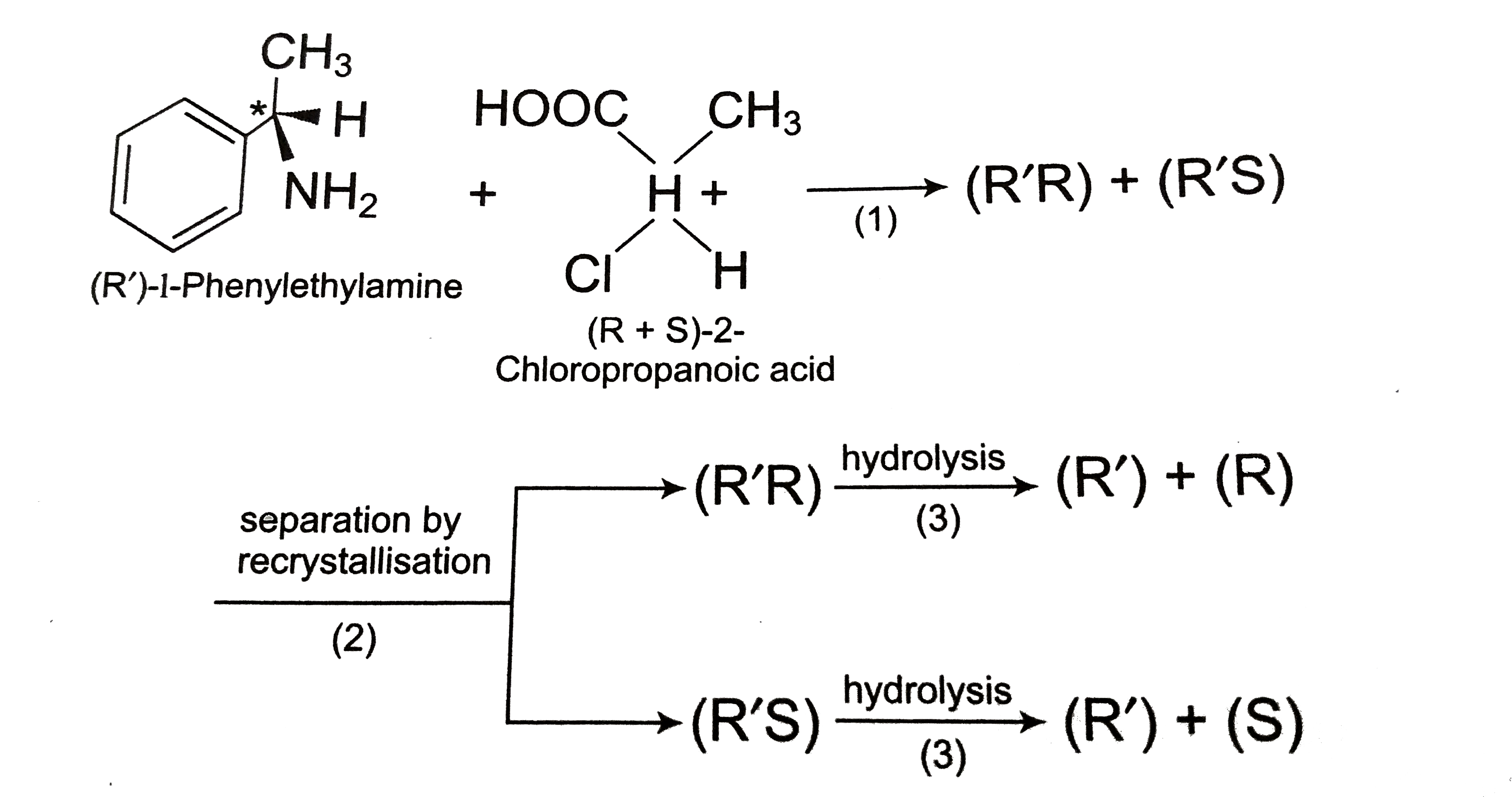
Observe the following reaction:
Which statement is not correct about the above observation?
A
The product mixture of step-1 is optically active
B
The product and have identical structural formula
C
is noonsuperimposable on
D
and have same solubility in water
Video Solution
Text Solution
The correct Answer is:D
R'R and R'S are diastereomers and have different physical properties like water solubility B.P., M.P. Etc.
Mixture of diastreomers is optically active hence the product mixture in step 1 is optically active.
|
Updated on:21/07/2023
Related Playlists
- BOOK - A2ZCHAPTER - ORGANIC COMPOUNDS CONTAINING NITROGENEXERCISE - Assertion-Reasoning Questions7videos
ORGANIC COMPOUNDS CONTAINING NITROGEN
- BOOK - A2ZCHAPTER - ORGANIC COMPOUNDS CONTAINING NITROGENEXERCISE - Section D - Chapter End Test30videos
ORGANIC COMPOUNDS CONTAINING NITROGEN
- BOOK - A2ZCHAPTER - ORGANIC COMPOUNDS CONTAINING NITROGENEXERCISE - AIPMT/NEET Questions26videos
ORGANIC COMPOUNDS CONTAINING NITROGEN
- BOOK - A2ZCHAPTER - ORGANIC COMPOUNDS CONTAINING HALOGENSEXERCISE - Section D - Chapter End Test30videos
ORGANIC COMPOUNDS CONTAINING HALOGENS
- BOOK - A2ZCHAPTER - P BLOCK ELEMENTS ( GROUP 15,16,17,18)EXERCISE - Section D - Chapter End Test30videos
P BLOCK ELEMENTS ( GROUP 15,16,17,18)
Knowledge Check
- Question 1 - Select One

Which statement is correct about the above reaction ?ABoth products (B) and (C) are optically active.BBoth products (B) and (c) are optically inactive.CProduct (B) is optically inactive but product (c) is optically active.DProduct (B) is formed by anti-addition but product (c) is formed by syn-addition of H2. - Question 1 - Select One
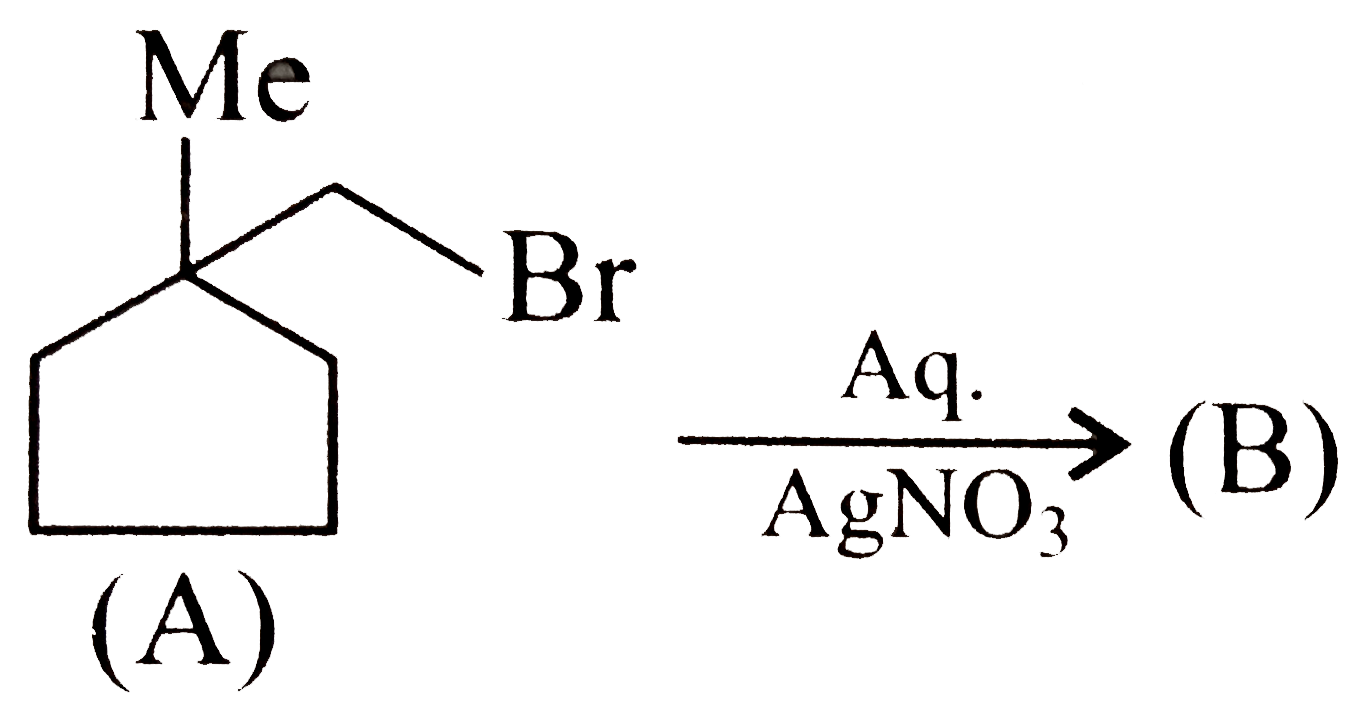
Which statement is correct about the above reaction ?A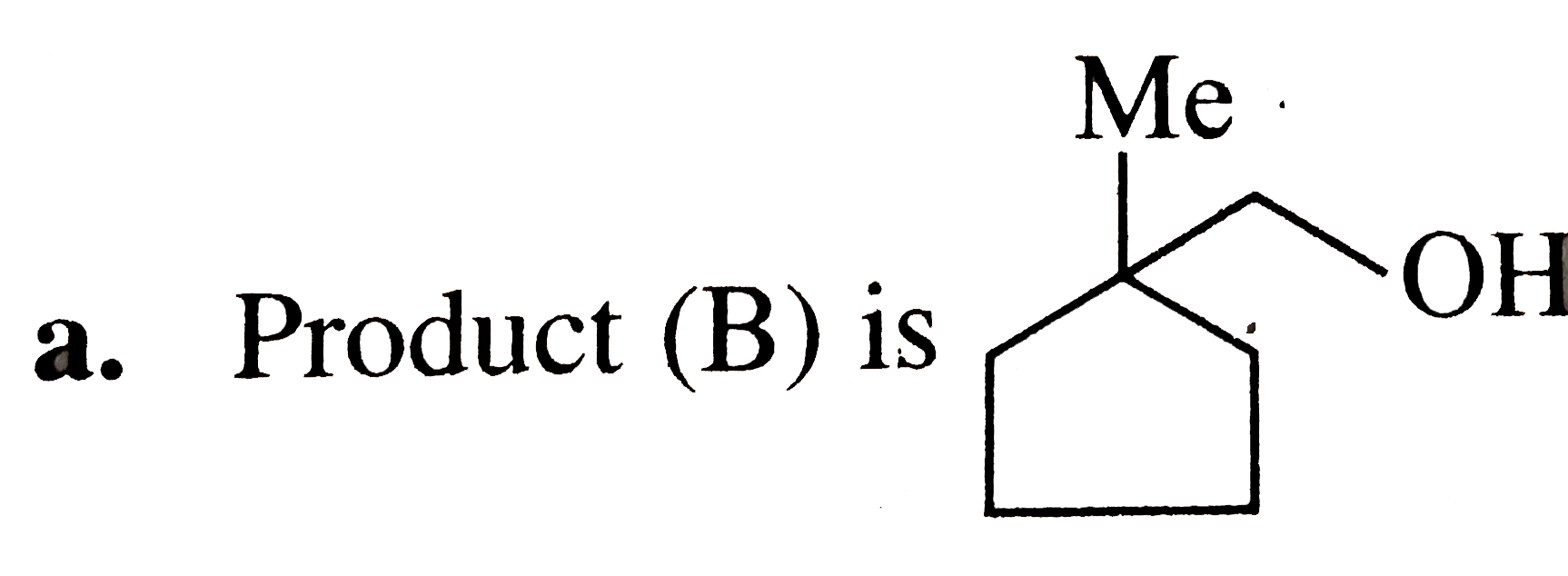 (I) by SN1 mechanism.BProduct (B) is
(I) by SN1 mechanism.BProduct (B) is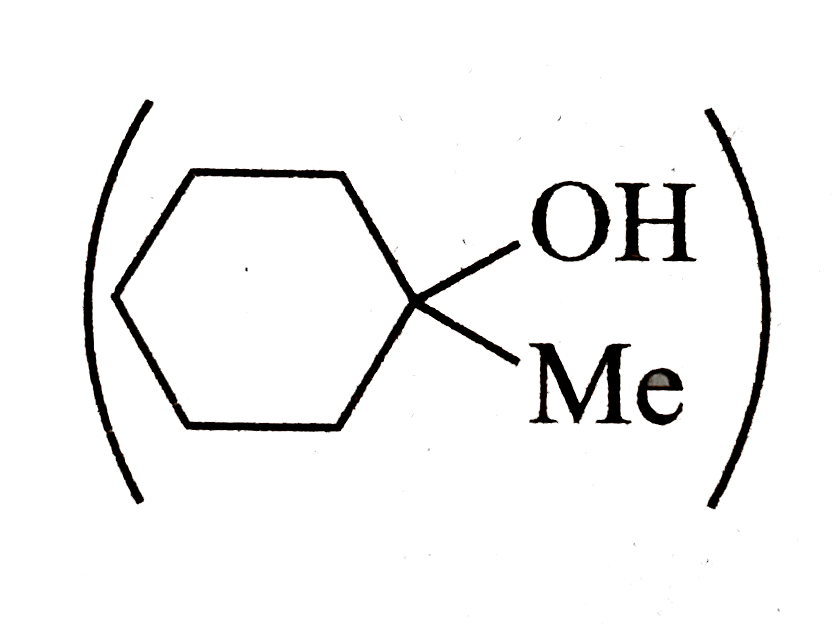 (II) by SN2 mechanism.CProduct (B) is (I) by SN2 mechanism.Dproduct (B) is (II) by SN1 mechanism.
(II) by SN2 mechanism.CProduct (B) is (I) by SN2 mechanism.Dproduct (B) is (II) by SN1 mechanism. - Question 1 - Select One or More
Which statements are correct about the reaction?
 AProducts (B) are α and β - penta acetates.BProducts (B) are α and β - tetra acetates.CProducts (C ) are phenyl hydrazones of products (B).DProducts (B) do not react with PhNHNH2.
AProducts (B) are α and β - penta acetates.BProducts (B) are α and β - tetra acetates.CProducts (C ) are phenyl hydrazones of products (B).DProducts (B) do not react with PhNHNH2. - Question 1 - Select One or More
Which statements are correct about the reaction?
 AA mixture of two amines is formed, which suggests that rerrangement is intramolecular.BIf R is chiral, it migrates with retention of configuration.CA mixture of four different amines is formed , which suggests that a free acyl nitrene ⎡⎢ ⎢⎣R−O∣∣C−..N:⎤⎥ ⎥⎦ intermediate is formed.DA mixture of two different amines and a free acyl nitrene intermediate is formed.
AA mixture of two amines is formed, which suggests that rerrangement is intramolecular.BIf R is chiral, it migrates with retention of configuration.CA mixture of four different amines is formed , which suggests that a free acyl nitrene ⎡⎢ ⎢⎣R−O∣∣C−..N:⎤⎥ ⎥⎦ intermediate is formed.DA mixture of two different amines and a free acyl nitrene intermediate is formed. - Question 1 - Select One
Which statement is correct about the following reactions ?
 .AProduct is
.AProduct is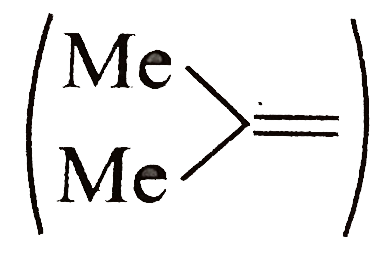 by elimination reaction.BProduct is
by elimination reaction.BProduct is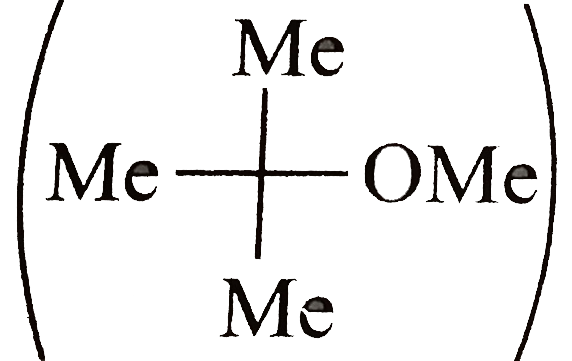 (II) by SN1 reaction.CProduct is (II) by SN1 reactionDBoth (a) and (b).
(II) by SN1 reaction.CProduct is (II) by SN1 reactionDBoth (a) and (b). - Question 1 - Select One
Which statement is correct about the following reactions ?
 .AProduct is
.AProduct is by elimination reaction.BProduct is
by elimination reaction.BProduct is by substitution reaction.CBoth (a) and (b)DNone
by substitution reaction.CBoth (a) and (b)DNone - Question 1 - Select One
Which statement is correct about the following reactions ?
 .AMajor product is
.AMajor product is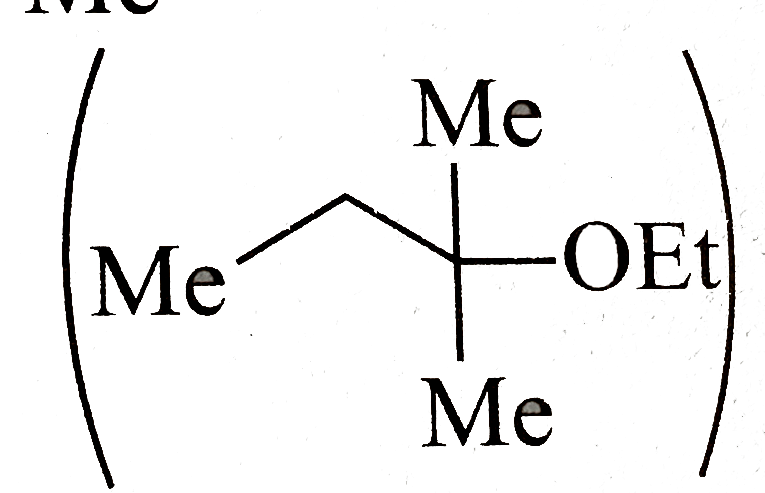 (I) and minor
(I) and minor
product is (II) by SN1 mechanism.BMajor product is (I) and minor product is (II) by SN2 mechanism.CMajor product is (II) and minor product is (I) by SN1 mechanism.DMajor product is (II) and minor product is (I) by SN2 mechanism.
(II) by SN1 mechanism.BMajor product is (I) and minor product is (II) by SN2 mechanism.CMajor product is (II) and minor product is (I) by SN1 mechanism.DMajor product is (II) and minor product is (I) by SN2 mechanism. - Question 1 - Select One or More
Which statements is/are correct about the following reaction ?
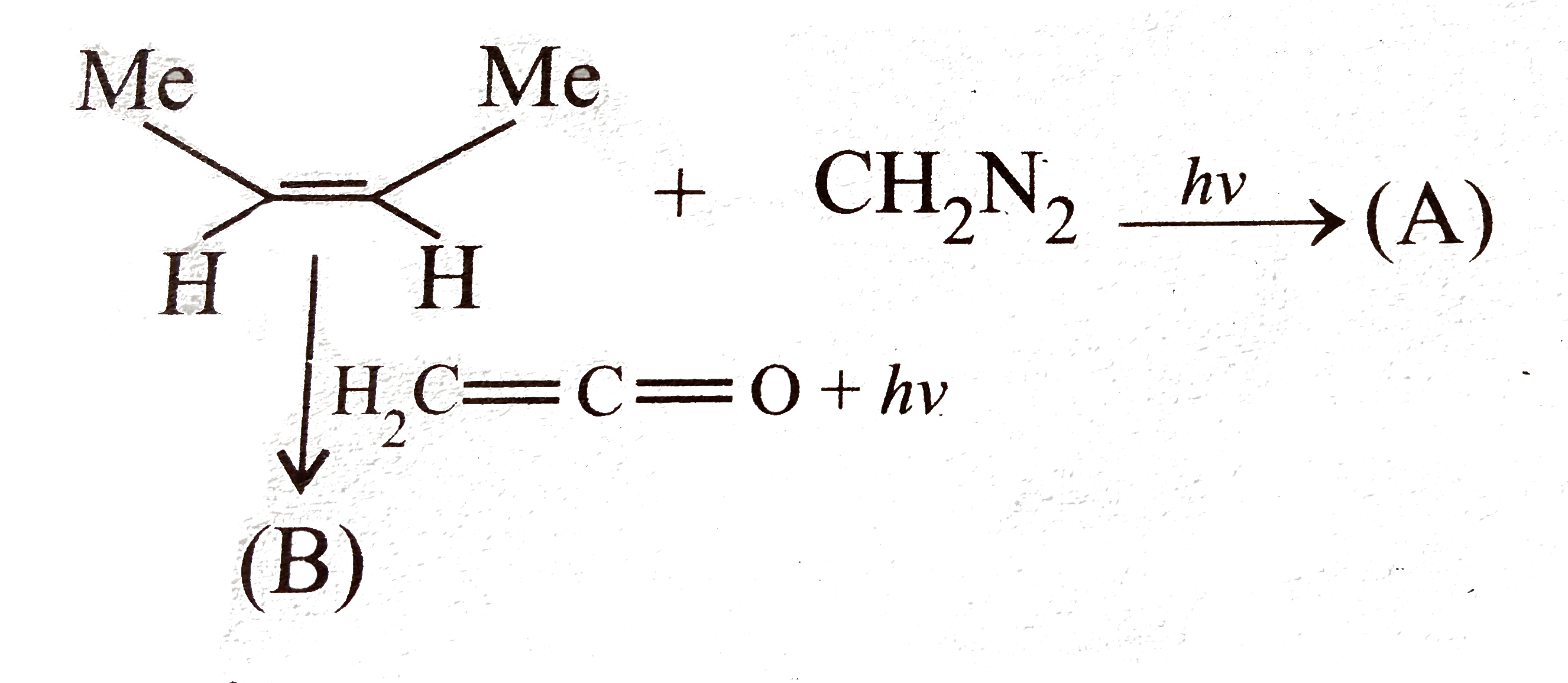 A(a) Both the compounds (A) and (B) are cis-1,2-dimethylcyclopropane.B(b) Both the compounds (A) and (B) are trans 1,2-dimethylcyclo propane.C(c) The compound (A) is cis, whereas (B) is both cis and trans-1,2-dimethylcyclopropane.D(d) Fromation of compound (A) is both stereospecific and stereoselective, but the formation of compound (B) is neither sterospecific nor steroselective.
A(a) Both the compounds (A) and (B) are cis-1,2-dimethylcyclopropane.B(b) Both the compounds (A) and (B) are trans 1,2-dimethylcyclo propane.C(c) The compound (A) is cis, whereas (B) is both cis and trans-1,2-dimethylcyclopropane.D(d) Fromation of compound (A) is both stereospecific and stereoselective, but the formation of compound (B) is neither sterospecific nor steroselective. - Question 1 - Select One or More

Which of the statements are correct about above reaction?A(i) and (v) both are nucleophiles.BIn (iii), arbon atom is sp3 hybridised.CIn (iv), carbon atom is sp3 hybridised.D(i) and (v) botha re electrophiles. - Question 1 - Select One or More
Which of the statements are correct about above reaction?
A(i) and (v) both are nucleophiles.BIn (iii) carbon atom is sp3 hybridised.CIn (iii) carbon atom is sp2 hybridised.D(i) and (v) both are electrophiles.

